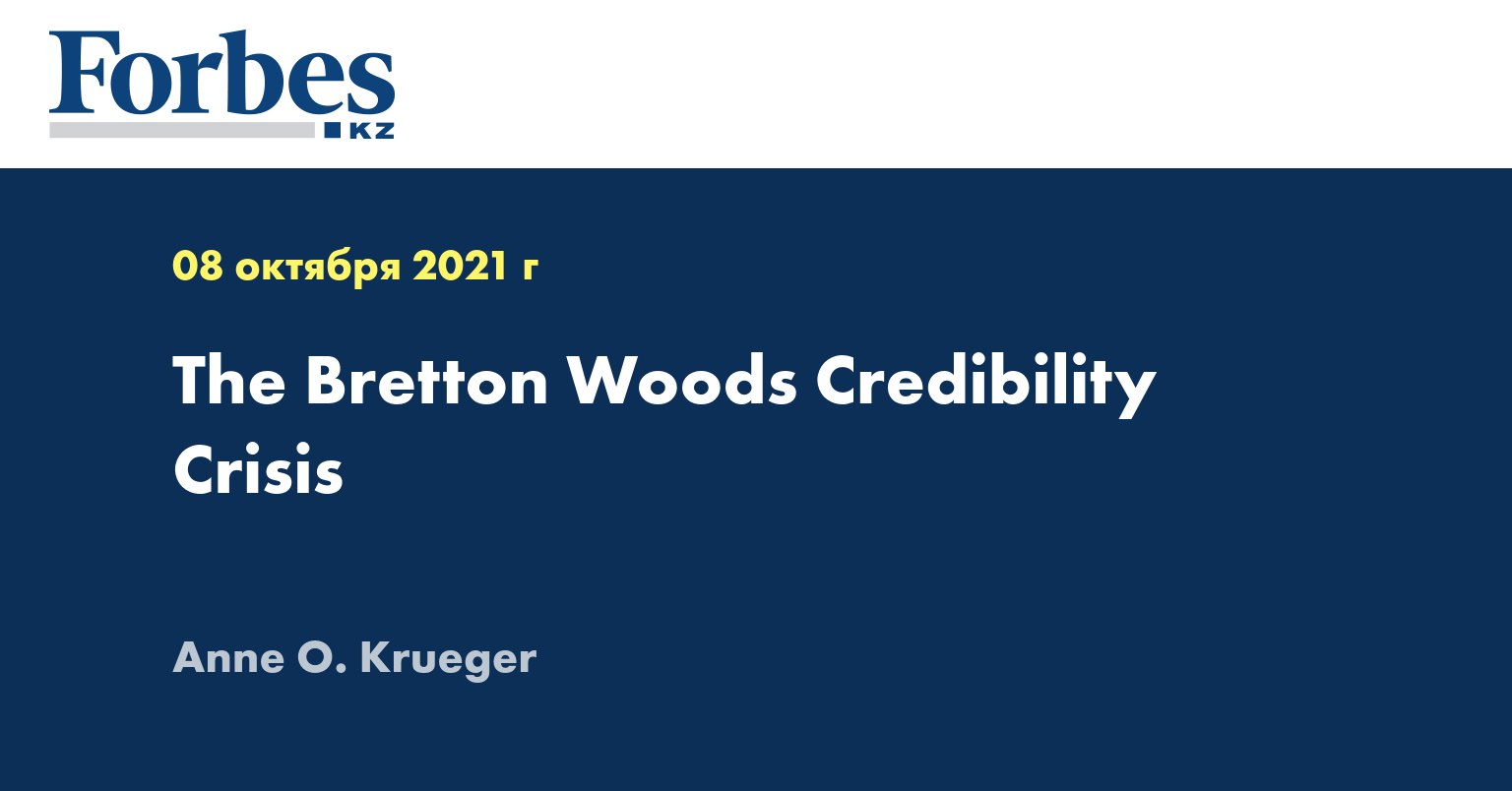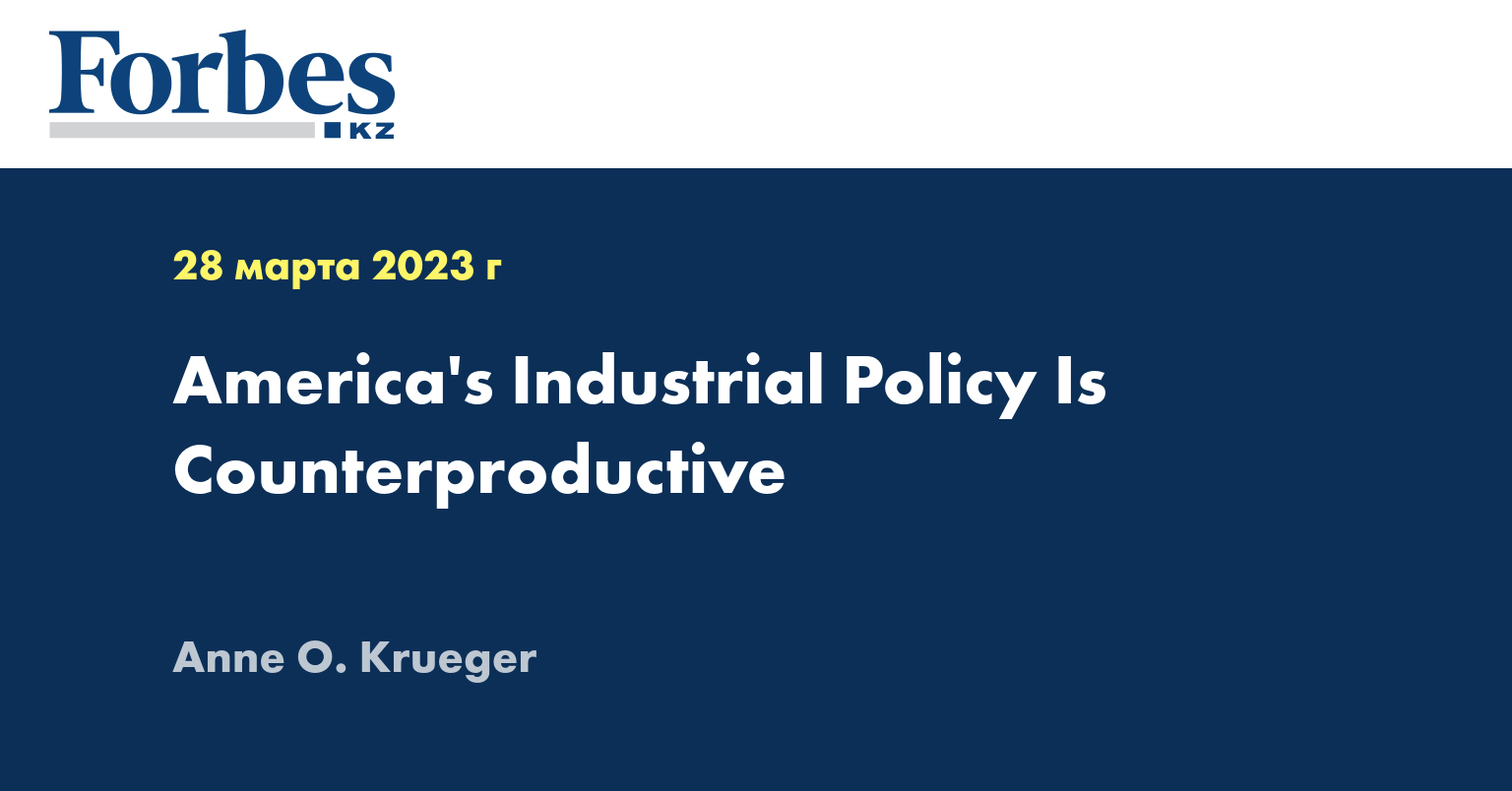WASHINGTON, DC – The future of the world economy is becoming clearer. At the outset of the pandemic, there were lively disagreements over whether the lockdown and other measures were warranted, or whether the economic costs were too high. Now, it is increasingly evident that economic activity will resume fully only after lockdown restrictions have been given time to work. Otherwise, COVID-19 will continue to spread, making a sustained and rapid economic recovery all but impossible until the arrival of effective, widely available vaccines
24 июля 2020
5 мин.
8886
WASHINGTON, DC – After ravaging the developed world, COVID-19 is now devastating developing and emerging-market countries, most of which lack the medical and financial capacity to combat the pandemic and its economic effects
30 июня 2020
5 мин.
6755
WASHINGTON, DC – COVID-19 has confronted the world with a horrific crisis. Because developing a vaccine will likely take at least a year, governments need to buy time to keep health-care facilities from being overwhelmed and to minimize the number of people who fall ill and die, not least by reducing the rate of new infections
25 мая 2020
5 мин.
11248
WASHINGTON, DC – US President Donald Trump’s administration is effectively waging war on human health. In addition to imposing tariffs on imported medical equipment and restrictions on exports, the White House has proposed cutting the budget of the US Centers for Disease Control and Prevention by 16%, starting in October. Moreover, Trump has also tried to divert blame on to the World Health Organization, after he himself long denied the threat of COVID-19, initially dismissing criticism of his administration’s response as the Democrats’ "new hoax"
30 апреля 2020
5 мин.
10330
WASHINGTON, DC – The global economy was ripe for a recession even before the coronavirus pandemic struck. Many commentators have been warning that stock markets were overheated, that advanced economies were heading for a slowdown, and that US President Donald Trump’s protectionist policies had disrupted supply chains and ushered in an era of heightened uncertainty. Now, the stock market has finally crashed, and a recession has become almost inevitable
20 марта 2020
4 мин.
7306
WASHINGTON, DC – Would you believe the following story if you heard it? Imagine a small, rural town with one general store that sells to, and buys from, the farmers living in the surrounding area
19 февраля 2020
5 мин.
8499
WASHINGTON, DC – Following America’s disastrous 1930 Smoot-Hawley Tariff Act, the subsequent international trade war, and eventually World War II, the United States went on to lead the world toward a more open multilateral trading system. In 1947, the international community adopted the General Agreement on Tariffs and Trade, which would later become the World Trade Organization. Under this international body, trade was bound to the rule of law and the principle of non-discrimination among trading partners
28 января 2020
5 мин.
15687
WASHINGTON, DC – After nearly 18 months of tit-for-tat tariff increases, the United States and China have reached a “phase one” agreement to start de-escalating their trade war. As part of the deal, US President Donald Trump canceled further tariff increases on Chinese goods that had been scheduled to take effect on December 15, and halved a 15% tariff on $120 billion worth of imports from China. As for China, it shelved its planned retaliatory measures and committed to import some $50 billion worth of US agricultural products in each of the next two years
23 декабря 2019
5 мин.
17511
Despite setbacks like the Great Recession and the pandemic, the world economy has had a massively successful run since World War II
08 октября 2021
5 мин.
77273
Inflation has become a hot-button political issue worldwide. In the United States, the consumer price index increased at an annual rate of 8.6% in May, and EU inflation is not far behind. The root cause of the problem is that too much money is chasing too few goods
03 июля 2022
5 мин.
65399
Among former US President Donald Trump’s many policy mistakes, some of the worst were in the area of trade
29 ноября 2021
5 мин.
62562
A tragedy is unfolding in Sri Lanka. Citizens must queue for food and pharmaceuticals, vehicle owners cannot fill their tanks, and there have been rolling power outages
07 августа 2022
5 мин.
60309
US competitiveness in chipmaking might deteriorate further because of the legislation
28 марта 2023
4 мин.
54061
The world is embroiled in a megacrisis comprising the COVID-19 pandemic, Russia’s war in Ukraine, high inflation, recession fears, and rising debt distress across emerging markets and developing countries
01 января 2023
5 мин.
53599
International capital flows have long been a major source of economic growth
29 января 2023
5 мин.
51516
The great statesmanship and leadership that the United States showed during and after World War II is well known
01 марта 2023
5 мин.
43161
Until 2017, America’s trade policies were reasonably well aligned with its strategic objectives
23 июля 2023
5 мин.
40358
To the dismay of many economists, US President Joe Biden’s administration has retained most of its predecessor’s tariffs and trade barriers
20 августа 2023
4 мин.
40146
WASHINGTON, DC – The future of the world economy is becoming clearer. At the outset of the pandemic, there were lively disagreements over whether the lockdown and other measures were warranted, or whether the economic costs were too high. Now, it is increasingly evident that economic activity will resume fully only after lockdown restrictions have been given time to work. Otherwise, COVID-19 will continue to spread, making a sustained and rapid economic recovery all but impossible until the arrival of effective, widely available vaccines
24 июля 2020
5 мин.
8886
WASHINGTON, DC – Not content with its trade war against China, US President Donald Trump’s administration has also opened bilateral trade negotiations with Japan. Yet whatever Trump hopes to achieve with Japan, it will be far less than what he threw away when he abandoned the Trans-Pacific Partnership (TPP) in early 2017
21 мая 2019
5 мин.
10006
Turkish President Recep Tayyip Erdoğan’s victory lap following his re-election last month will be short, because his country is on the verge of economic meltdown
30 июня 2023
5 мин.
22797
To the dismay of many economists, US President Joe Biden’s administration has retained most of its predecessor’s tariffs and trade barriers
20 августа 2023
4 мин.
40146
The contradiction between US President Joe Biden’s major domestic and foreign-policy objectives and his administration’s trade policies has grown increasingly sharp
01 октября 2022
5 мин.
16333
Puerto Rico is part of the United States, but it is not a state
30 октября 2022
5 мин.
36131
Inflation has become a hot-button political issue worldwide. In the United States, the consumer price index increased at an annual rate of 8.6% in May, and EU inflation is not far behind. The root cause of the problem is that too much money is chasing too few goods
03 июля 2022
5 мин.
65399
WASHINGTON, DC – When you try something for 99 years and the situation keeps getting worse, it is time to try something else. The United States Congress passed the Merchant Marine Act of 1920 (also known as the Jones Act) in order to protect America’s shipping industry and strengthen national security. But the law has almost destroyed the industry, and imposed huge costs on America’s businesses, consumers, and the environment. It needs to be sunk
25 апреля 2019
5 мин.
10554
Washington, DC – US President Donald Trump’s “trade war” with China has been slogging along for more than a year now, and could escalate further if current talks do not lead to a deal
15 марта 2019
5 мин.
10103
WASHINGTON, DC – Late last month, US President Donald Trump threatened to impose tariffs on imports from Mexico in ten days if it did not halt the flow of migrants from Central America. The tariffs would start at 5% and then increase by five percentage points monthly until reaching 25% in October. The announcement came as a shock, especially given that the United States and Mexico (plus Canada) had reached an agreement on a revised North American Free Trade Agreement just months earlier, at Trump’s insistence. Ratification of the new trade deal, the US-Mexico-Canada Agreement (USMCA), is now in jeopardy
17 июня 2019
5 мин.
10088
У автора нет статей, опубликованных в журнале Forbes Kazakhstan
Подписывайтесь на нашу страницу в Facebook
Загрузка...






























